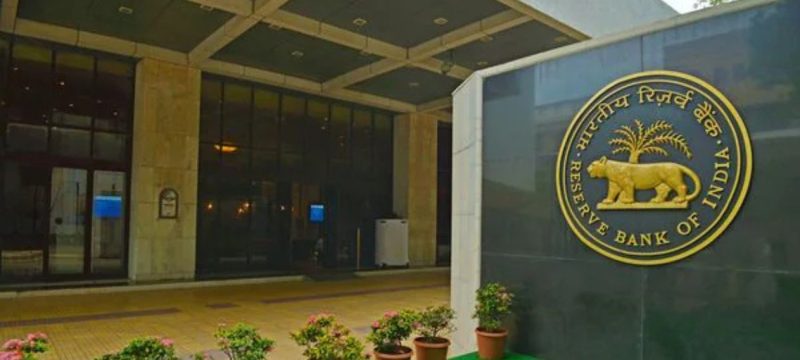The Reserve Bank of India (RBI) has reduced its key repo rate for the first time in almost five years to stimulate the sluggish economy, which is projected to experience its slowest growth in four years during the current fiscal period.
The Monetary Policy Committee (MPC), comprising three RBI members and three external experts, lowered the repo rate by 25 basis points to 6.25%, following eleven consecutive policy meetings where the rate remained unchanged.
Read more: India’s Central Bank Receives Bomb Threat in Russian, Police Launch Probe
This decision aligned with expectations from a Reuters poll, where 70% of economists had anticipated a quarter-point rate cut, marking the first reduction in India’s key interest rate since May 2020.
All six members of the MPC voted in favor of the rate cut while maintaining a “neutral” monetary policy stance.
According to RBI Governor Sanjay Malhotra, although economic growth is expected to recover, it remains significantly lower than last year. He highlighted that easing inflation trends have created room for a rate cut. This was the first policy review since Malhotra took charge in December.
A multi-line chart illustrates India’s retail inflation, quarterly GDP growth rate, and the central bank’s repo rate over time.
The Indian government has projected annual GDP growth of 6.4% for the fiscal year ending in March, which is at the lower end of its earlier forecast. This slowdown is attributed to weak manufacturing output and sluggish corporate investments. Growth is estimated to range between 6.3%-6.8% in the next fiscal year, while the RBI projects 6.7% growth for the upcoming year.
Several factors, including improved employment conditions, tax cuts, moderating inflation, and strong agricultural output following a robust monsoon, are expected to support economic recovery, Malhotra stated.
Although retail inflation remains above the medium-term target of 4%, it declined to a four-month low of 5.22% in December and is anticipated to gradually fall towards the target in the coming months.
The central bank forecasts inflation to average 4.8% for the current financial year, with expectations of further easing to 4.2% in the next fiscal year.
While food inflation pressures are expected to diminish, Malhotra cautioned that volatile energy prices pose a potential risk to the inflation outlook.
Following the rate cut announcement, India’s 10-year bond yield rose by four basis points to 6.69%, while the rupee appreciated to 87.38. The benchmark equity indexes also recorded 0.2% gains after the decision.





